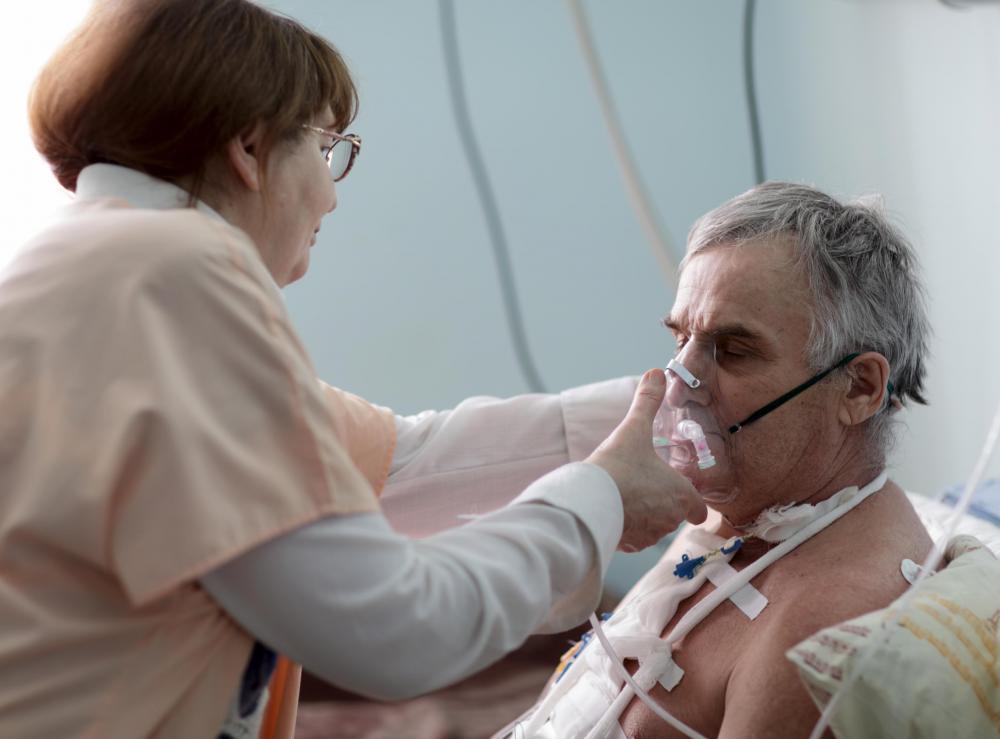At TheHealthBoard, we're committed to delivering accurate, trustworthy information. Our expert-authored content is rigorously fact-checked and sourced from credible authorities. Discover how we uphold the highest standards in providing you with reliable knowledge.
What are the Papillary Muscles?
The papillary muscles are vital structures within the heart that are located in the left and right ventricles, the two lower heart chambers. They perform important and necessary work, allowing blood to flow from the atria to the ventricles. Function of the papillary muscles cannot be seriously impaired or blood flow through the heart is jeopardized.
One of the main reasons the papillary muscles are so essential is because they are attached to string-like structures called the chordae tendineae. These, in turn, are connected to the mitral and tricuspid valves, which are located between the left and right ventricles, respectively, and the left and right atria. When the papillary muscles relax, the “heart strings” lose tension and the valves open. This allows blood to flow from the two upper chambers (atria) of the heart into the two lower chambers (ventricles). Interruption of this flow in any manner could mean the ventricles would have inadequate blood to pump to the body to oxygenate the tissues, or the to the lungs to re-oxygenate blood.

An equally important function of the papillary muscles is to protect the way the mitral and tricuspid valves function. During muscle contraction, they keep the leaflets of the healthy valves from inserting themselves into the atria, and the pull on the chordae helps form a tight seal. This helps to keep normally formed valves working as they should and prevents conditions like regurgitation or leakage of blood back into the atria from the ventricles.

The heart functions as an elaborate system that depends on all of its parts to work. Failure of one part can often signal difficulties or failure of the rest of the parts. The papillary muscles very much need to work as they are designed or problems can result. Unfortunately, there are instances where they are impaired in some manner.
One point of concern is the damage to the papillary muscles during myocardial infarction (heart attack). There are instances where the muscles, especially those in the left ventricle, may rupture with a heart attack. Immediate repair is required, which may include direct repair of the muscles, and repair or replacement of the mitral valve. Even with surgery, this condition is extremely serious and does not boast good survival rates.

Another rare condition occurs congenitally. Some children are born missing some or all of their papillary muscles, which means either the mitral or tricuspid valve may not adequately function. There are a variety of strategies for addressing this surgically, including treating the heart as though it presents with hypoplastic right or left ventricle. The non-functioning chamber can be bypassed in a series of palliative surgeries. Alternately, if some of the muscles are present, surgeons could consider different surgical approaches that might address the issue.
AS FEATURED ON:
AS FEATURED ON:














Discussion Comments
True Heavanet, that's why it is important to do what you can to keep your hearth health in check. A low fat diet and a regular exercise program will do a lot to keep your heart strong.
The heart is such a complex organ, with so many structural elements that are prone to various diseases and problems.
Post your comments